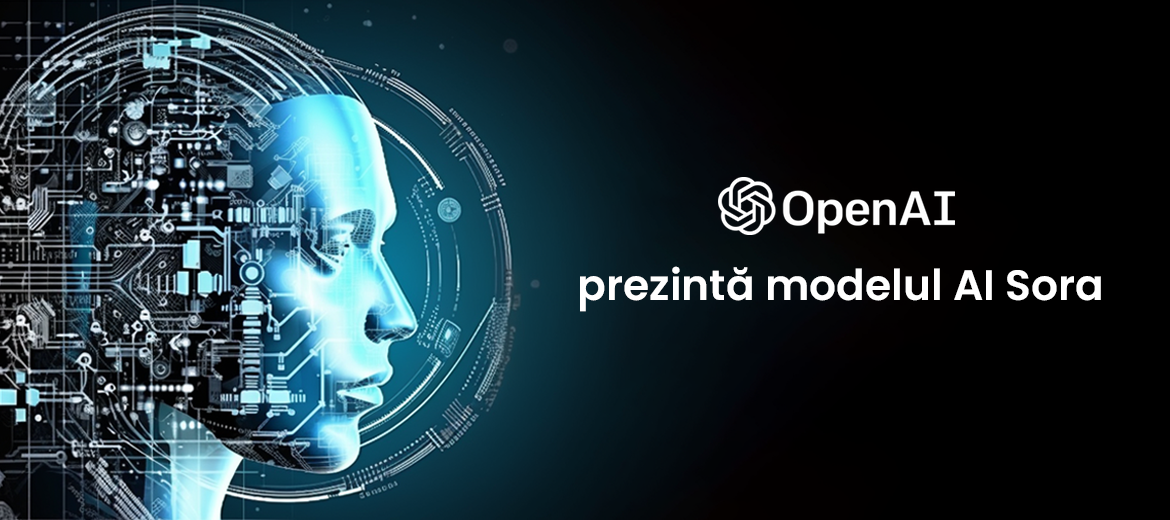OpenAI, one of the world's leading artificial intelligence (AI) companies, recently released a new AI model called Sora that can turn written directions into realistic and imaginative videos. This new text-to-video model allows users to create photo-realistic videos of up to one minute based on instructions they've written. Sora is capable of creating complex scenes with multiple characters, specific types of movement, and precise subject and background details.
In this article, we'll explore the impressive features and capabilities of Sora in more detail, and how it fits into the text-to-video AI landscape. We will also look at the competition in this field and the potential challenges that OpenAI faces in terms of misuse of AI videos.
Key features of the Sora model
The Sora AI model developed by OpenAI brings a number of impressive functionalities to the field of text-based video generation. It can create complex scenes with multiple characters, specific movements and precise subject and background details. Sora can understand how objects exist in the physical world and can accurately interpret objects and characters generating vibrant emotions.
The Sora model can also generate a video from a still image, fill in missing frames in an existing video, or expand a video. Examples of demos generated by Sora and featured in OpenAI's blog post include an aerial scene of California during the gold rush and a video that appears to be shot from inside a train in Tokyo. While there are some hints of AI use, such as a suspiciously moving floor in a video of a museum, the results are overall impressive.
The text-to-video AI competition
If a few years ago the generation of images based on text was in the center of attention, today the generation of videos has advanced at a remarkable pace. Companies like Runway and Pika have introduced their own impressive text-to-video models, and Google's Lumiere is one of OpenAI's main competitors in this field. Similar to Sora, Lumiere provides users with video generation tools based onwritten instructions and allows them to create videos starting from a still image.
This intense competition in the field of text-to-video AI is beneficial for the continued development of the technology and the improvement of AI video generation capabilities. Users will have access to increasingly powerful tools that will allow them to create photo-realistic and imaginative text-based video content.
Unacceptable risk
AI systems deemed a threat to humans will be banned. These include:
- Cognitive manipulation of the behavior of people or certain vulnerable groups, such as voice-activated toys that encourage dangerous behavior in children.
- Social scoring: classifying people based on behavior, socio-economic status or personal characteristics.
- Biometric identification and categorization of people.
- Real-time and remote biometric identification systems such as facial recognition.
Some exceptions may be allowed for law enforcement purposes. Real-time biometric identification systems will be allowed in a limited number of serious cases, while "post" remote biometric identification systems, where identification takes place after a significant delay, will be allowed for the prosecution and prosecution of crimes serious only with court approval.
Limitations and challenges
Although the Sora model delivers impressive results, OpenAI acknowledges that it can have difficulty accurately simulating the physics of a complex scene and correctly interpreting certain causes and effects. This means that the results generated by Sora may have some imperfections and will not always be 100% accurate.
OpenAI also considers the potential dangers and risks associated with the misuse of AI videos. The company works with a group of experts called "red teamers" to assess the Sora model for potential damage or risk. OpenAI also provides access to a limited number of visual artists, designers and filmmakers for feedback and suggestions.
General and generative AI
Generative AI like ChatGPT will need to comply with transparency requirements such as:
- Disclosure that the content was generated by AI.
- Model design to prevent the generation of illegal content.
- Publishing summaries of copyrighted data used for training.
General high-impact AI models that may pose systemic risks, such as the more advanced GPT-4 AI model, will have to go through detailed assessments and any serious incidents will have to be reported to the European Commission.
Conclusion
OpenAI has released the Sora AI model, which opens up new possibilities in text-based video generation. With impressive functionality and complex scene generation capabilities, Sora can create photo-realistic and imaginative videos based onwritten instructions. However, there are also certain limitations and challenges in simulating complex physics and correctly interpreting causes and effects.
Competition in the text-to-video AI field is increasing, and users will benefit from increasingly powerful tools to create engaging video content. However, OpenAI and other companies need to be vigilant about the misuse of video AI and consider the potential consequences of these technologies.
Sora is just one example of the remarkable progress that artificial intelligence and text-based content generation is making. We will certainly see more and more innovations and improvements in this area in the near future.
NSHOST VPS servers are hosted with NVMe storage. To launch a new solution, you can purchase your favorite domains at the most convenient prices usingquick domain registration solution and invest in a secure and optimal hosting plan - choosing an NSHOST hosting solutionweb shared, VPS orCloud. We recommend paying close attention to the right caching strategy for your business to ensure optimal load times for each web page.


